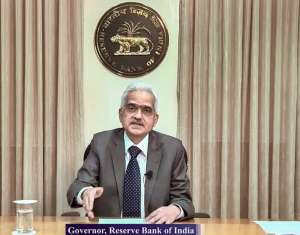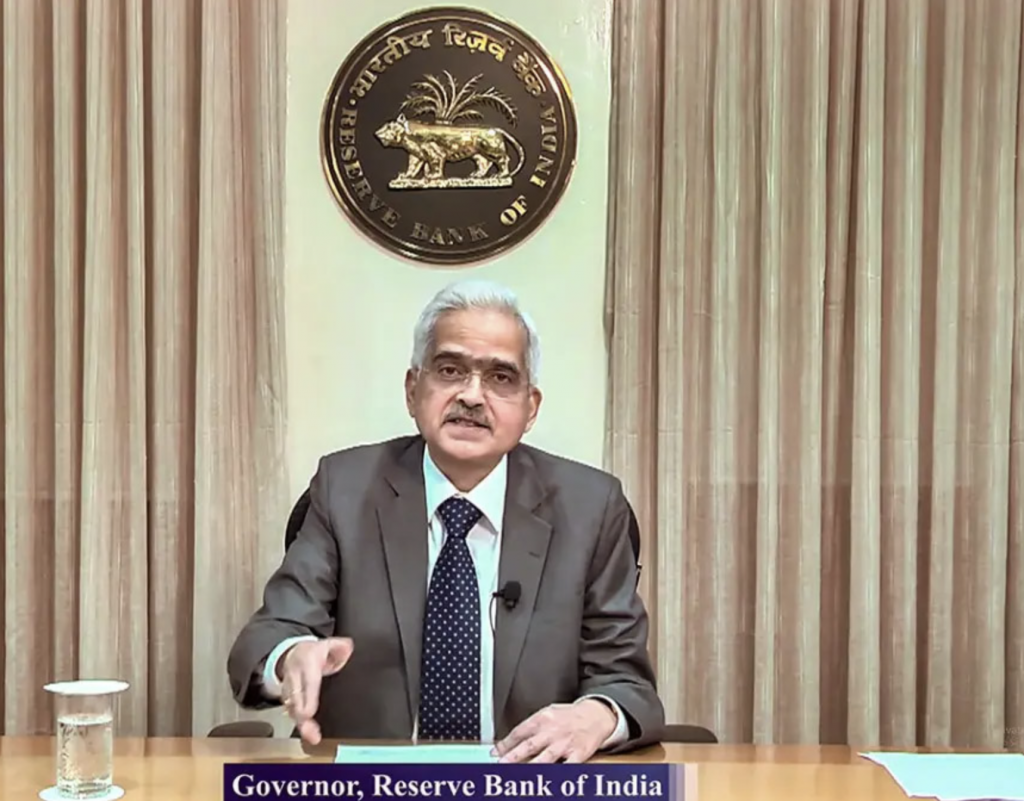MUMBAI: The Reserve Bank of India’s (RBI) monetary policy committee unanimously chose to retain the policy repo rate at 6.5 percent at its October review meeting, making this the fourth straight time that it has done so. Shaktikanta Das, governor of the RBI, stated that the central bank is worried and has recognised rising inflation as a significant risk to macroeconomic stability and sustainable growth while deliberating the policy statement on Friday morning. Das further stated that the monetary policy committee is dedicated to keeping India’s headline inflation around 4%.The governor also mentioned that 5 of the MPC’s 6 members favour continuing to focus on the “withdrawal of accommodation” in monetary policy in order to ensure that inflation gradually converges to the objective while fostering growth. On Wednesday, the RBI’s three-day bi-monthly monetary policy committee (MPC) meeting got underway. Participants in the financial markets will be eagerly watching the outcome and the central bank’s policy stance for new clues. In a financial year, the RBI normally holds six bimonthly meetings when it discusses the money supply, inflation outlook, interest rates, and different macroeconomic factors.The repo rate was kept at 6.5 percent by the RBI in each of its last three meetings in April, June, and August. The interest rate at which the RBI loans money to other banks is known as the repo rate. The central bank may have slowed the key interest rate due to a relative drop in inflation, excepting the most recent jump, and the possibility of further decline. Many nations, especially mature economies, have concerns about inflation, but India has mainly been successful in controlling its trajectory. The RBI increased the repo rate by a total of 250 basis points to 6.5 percent since May 2022 in an effort to combat inflation, barring the most recent third consecutive halt. An weapon of monetary policy that normally works to reduce demand in the economy and lower inflation is raising interest rates. Due to an increase in the cost of food goods including wheat, rice, and vegetables like tomatoes, India’s headline inflation rate increased to 7.8% in July before dropping to 6.8% in August. In the upcoming days, September inflation data is expected.


